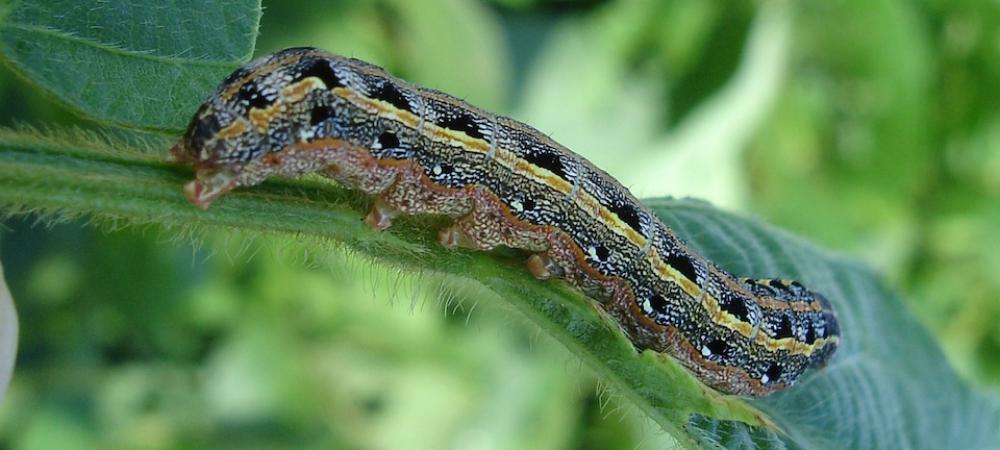Maintaining a lush, healthy lawn in North Carolina’s Triangle area can be a year-round battle, thanks to a variety of pests that thrive in the region’s climate. Different pests emerge each season to target lawns from the cool, wet winters to hot, humid summers. Knowing what to expect and when to act is crucial in protecting your turf.
As temperatures rise and plants begin to bloom, pests come out of dormancy in full force. In the Triangle area, the mild spring weather brings out a range of lawn invaders.
- Grubs: These beetle larvae burrow into the soil and feast on grass roots, weakening your lawn from below.
- Armyworms: Though small in early spring, these pests quickly multiply and devour large patches of grass in no time.
- Ants: Ants are not just a nuisance for humans; they can disrupt lawn roots and create unsightly mounds.
As summer temperatures soar, pest activity reaches its peak. The warm, humid climate of North Carolina creates perfect conditions for aggressive pests.
- Chinch Bugs: These tiny pests suck the sap out of grass blades, leading to large brown patches.
- Japanese Beetles: Feeding on grass roots in their grub stage and leaves as adults, these beetles are a double threat.
- Mole Crickets: Known for tunneling under lawns, mole crickets can cause extensive damage by disrupting soil and turf.
Fall in North Carolina is a transitional season where some pests prepare for winter while others take advantage of the mild conditions to continue feeding.
- Sod Webworms: As temperatures cool, these pests feast on lawns, leaving behind ragged patches of grass.
- Fire Ants: Building large mounds, fire ants become more visible in the fall as they prepare their colonies for winter.
- Grubs (Round 2): A second wave of grubs often hatches in early fall, attacking your lawn’s root system once again.
Though many lawn pests go dormant in the winter, some still lurk in the soil or find their way indoors, posing threats even in the cooler months.
- Moles: Active year-round, moles continue to tunnel through lawns even in the winter, damaging grass and leaving behind unsightly ridges.
- Voles: These small rodents feast on roots and can cause significant damage to lawns, even under snow cover.
- Rodents: Mice and rats often move indoors in search of food and warmth, but they can also damage lawns by burrowing underground.
Each season brings its own set of challenges for lawn care in the Triangle area, by knowing which pests are most active and when, you can better prepare to keep your lawn healthy year-round. If you see any signs of lawn pests throughout the year, don’t hesitate to contact Triangle Lawn Care for expert lawn care in Chapel Hill, Durham, or the greater Triangle area.


